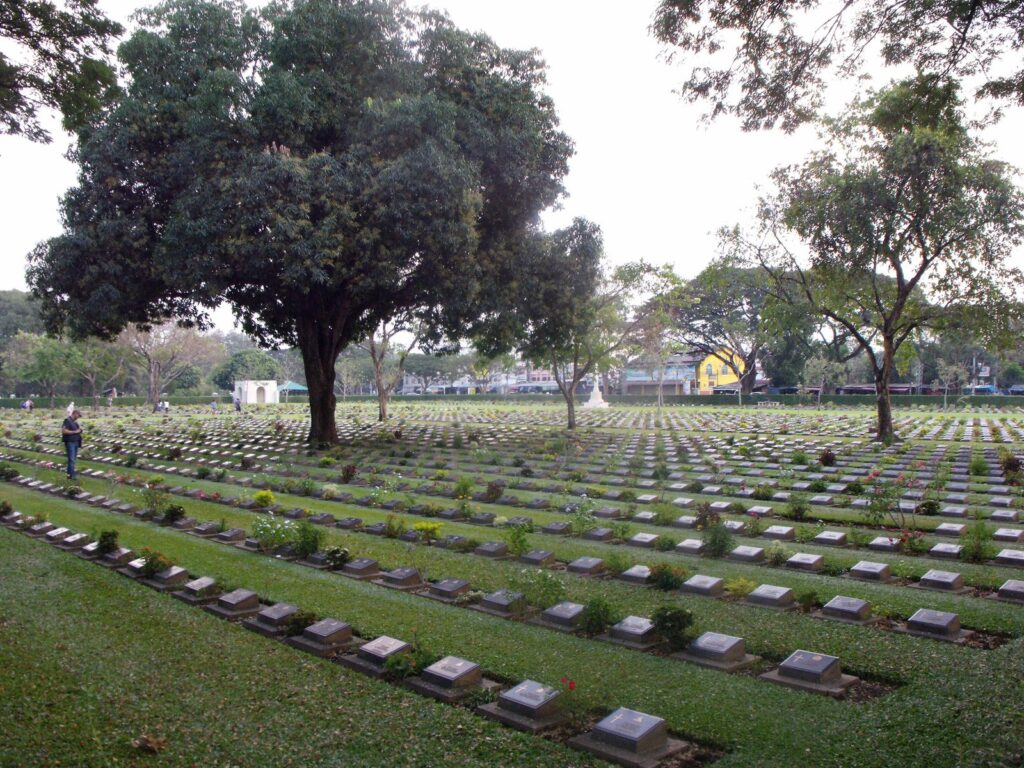The Client
County Government Special Taxing District
The Challenge
Replace the outdated, unused strategic plan of a special taxing district in the sixth most populous county in the United States. The new plan must prepare them to confront a coming significant Wild Card event that threatens the continuing viability of their mission. Strategic progress must occur alongside the demands of a busy daily operational workload on a small staff, and that strategic progress must be easy for the District’s board members to monitor.
The Backstory
The District manages three large public cemeteries and has a legislated mandate to make discounted plots (they are subsidized by tax dollars) available to any county resident wishing to be buried in a District cemetery. Space is running out in two cemeteries and already has in the third, threatening the District’s ability to fulfill the legislated mandate. Significant population growth has intensified demand on remaining space. Other critical issues also confront the District. Land for a fourth cemetery is scarce in the county and takes years to develop. District income is shrinking as available land inventory vanishes because the District is a public entity partially funded by tax dollars and state statutes bar them from offering any death care products or services beyond cemetery plots, urn spaces and scattering gardens. Continuously rising operational and labor costs demand income growth. And finally, District staff needs to be well-versed in a growing diversity of languages, culture, and death care practices and customs as they serve an exploding county population from nearly every country in the world.
The Solution
Utilize participatory systems-thinking methodology in the planning process, ensuring that the District conducts strategic planning as an ongoing management process. Deliver a strategic planning process that fulfills every aspect of The Challenge.
The Approach
Step One – Involve everyone in the process: board members, employees, vendors, the union, mortuaries, marker companies, families with loved ones interred in the cemeteries, local and state government, cultural and immigrant organizations, churches, state and national cemetery associations and other death care trade associations, etc.
Step Two – Conduct in-depth research on every immigrant and faith-based demographic sub-group in the county, with emphasis on cultural beliefs, norms, death care practices and customs.
Step Three – Facilitate District management and board in a structured exercise to define a compelling, collective five-year vision and a set of core values to govern District behavior and decision-making.
Step Four – Facilitate development of core strategies to fulfill the District vision, and of key performance indicators to set standards of achievement and be a measure of progress toward executing the core strategies.
Step Five – Develop a Strategic Barometer® tool for the ongoing monitoring of KPI’s.
Step Six – Provide a template for ongoing evaluation and corrective action of KPI results.
Step Seven – Develop tactical action template for use in defining action steps needed to execute the core strategies, and in calendaring those action steps in concert with day-to-day District operations.
The Result
Fourth cemetery space located and in development. Staff prepared to anticipate and accommodate (within legal boundaries) diverse death care customs and practices, and to anticipate languages for which to arrange interpreters. Staff implementing solutions to capture additional space within existing cemeteries, creating additional inventory while awaiting completion of fourth public county cemetery.


